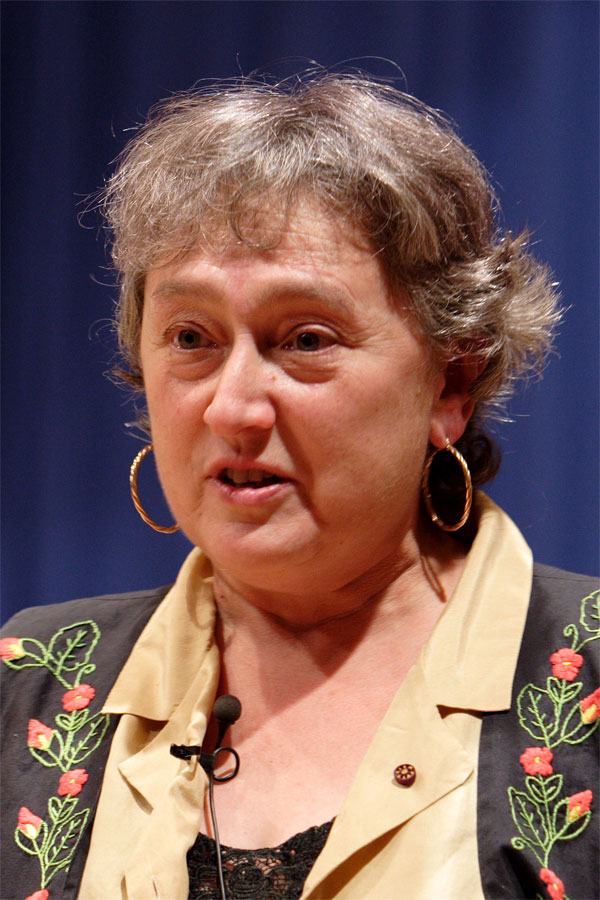Simbiosis y evolución – Lynn Margulis confirmada
Orígenes endosimbióticos y pérdidas diferenciales de genes eucariotes

Endosymbiotic origin and differential loss of eukaryotic genes
Nature 524, 427–432 (27 August 2015) doi:10.1038/nature14963
- Received 22 April 2015 || Accepted 20 July 2015 || Published online 19 August 2015
Chloroplasts arose from cyanobacteria, mitochondria arose from proteobacteria. Both organelles have conserved their prokaryotic biochemistry, but their genomes are reduced, and most organelle proteins are encoded in the nucleus. Endosymbiotic theory posits that bacterial genes in eukaryotic genomes entered the eukaryotic lineage via organelle ancestors. It predicts episodic influx of prokaryotic genes into the eukaryotic lineage, with acquisition corresponding to endosymbiotic events. Eukaryotic genome sequences, however, increasingly implicate lateral gene transfer, both from prokaryotes to eukaryotes and among eukaryotes, as a source of gene content variation in eukaryotic genomes, which predicts continuous, lineage-specific acquisition of prokaryotic genes in divergent eukaryotic groups. Here we discriminate between these two alternatives by clustering and phylogenetic analysis of eukaryotic gene families having prokaryotic homologues. Our results indicate (1) that gene transfer from bacteria to eukaryotes is episodic, as revealed by gene distributions, and coincides with major evolutionary transitions at the origin of chloroplasts and mitochondria; (2) that gene inheritance in eukaryotes is vertical, as revealed by extensive topological comparison, sparse gene distributions stemming from differential loss; and (3) that continuous, lineage-specific lateral gene transfer, although it sometimes occurs, does not contribute to long-term gene content evolution in eukaryotic genomes.
Figure 1: Distribution of taxa in EPCs.

Each black tick indicates gene presence in a taxon. The 2,585 EPCs (x axis) are ordered first according to their distribution across six eukaryotic supergroups with clusters specific to lineages with photosynthetic eukaryotes…
Figure 2: Occurrence in the sister group versus proteome size.
Prokaryotic taxa are plotted according to how frequently they are found in the sister group (defined as the nearest neighbour group) to a monophyletic group of eukaryotes in 1,933 trees against their proteome size. A two-sided Wilcoxon…
Figure 3: Comparison of sets of trees for single-copy genes in eukaryotic groups.

Cumulative distribution functions (y axis) for scores of minimal tree compatibility with the vertical reference data set (x axis). Values are number of species, sample sizes, and Pvalues of the two-tailed Kolmogorov–Smirnov two-sample…


No Comment